Research and optimisation of a deep learning model for positive thinking meditation based on bio-signal processing
, , et
17 mars 2025
À propos de cet article
Publié en ligne: 17 mars 2025
Reçu: 30 oct. 2024
Accepté: 05 févr. 2025
DOI: https://doi.org/10.2478/amns-2025-0157
Mots clés
© 2025 Yukun Zhu et al., published by Sciendo
This work is licensed under the Creative Commons Attribution 4.0 International License.
Figure 1.
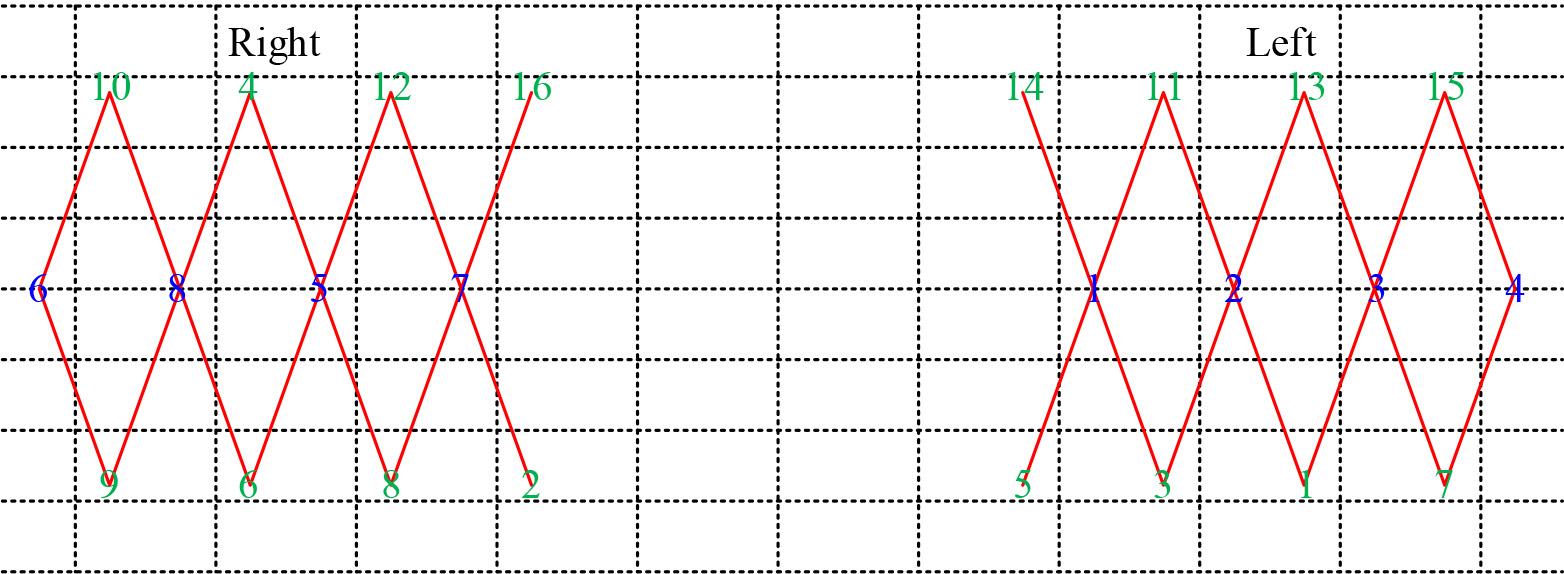
Figure 2.

Figure 3.

Figure 4.
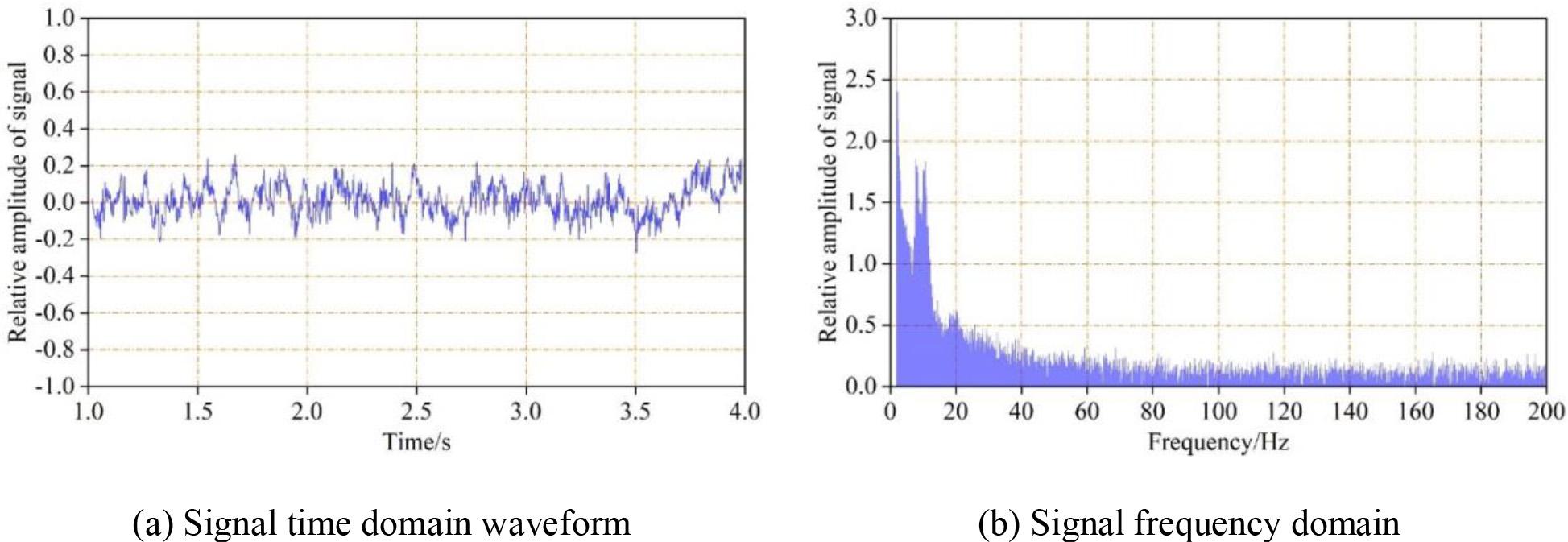
Figure 5.
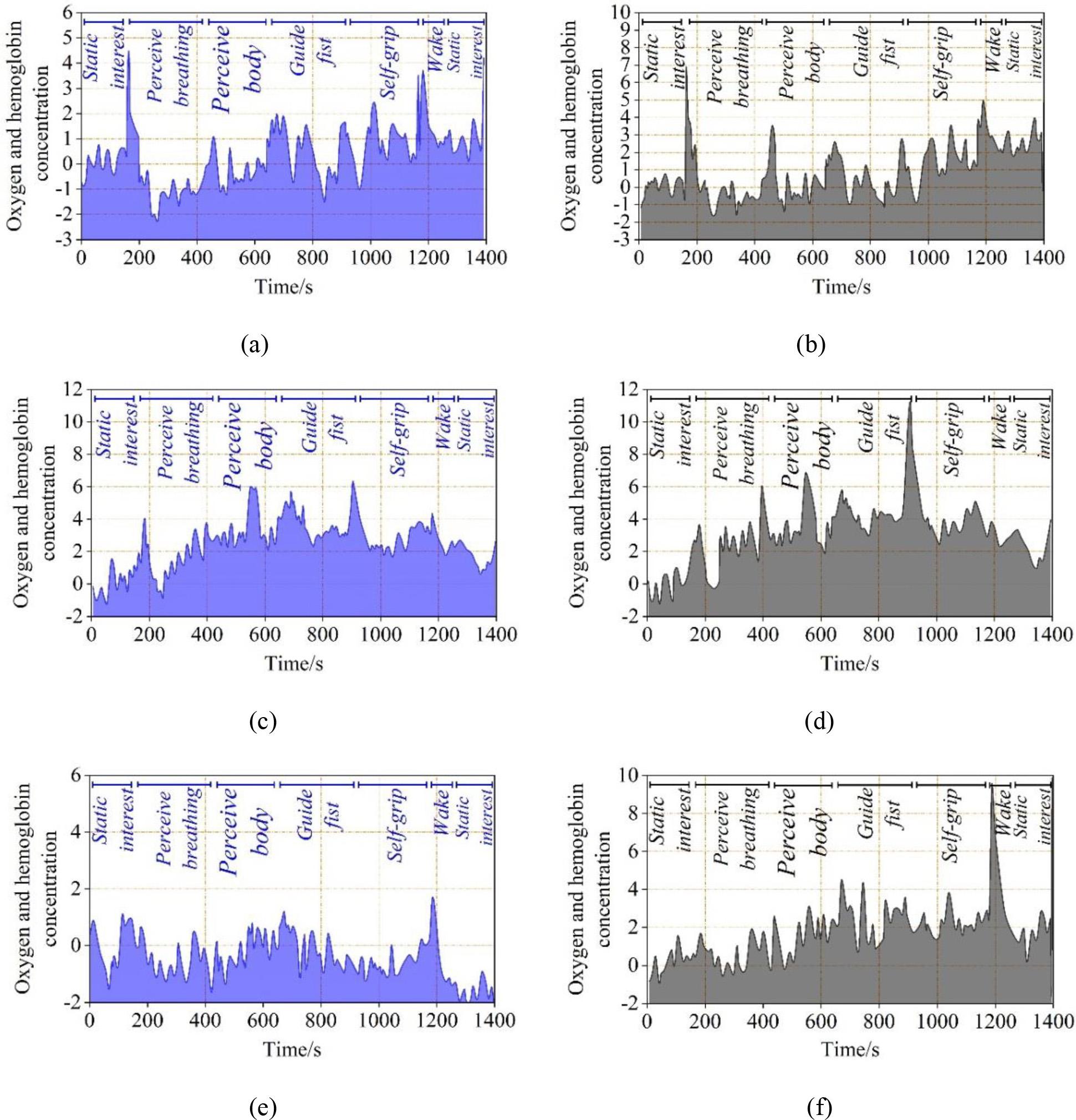
Figure 6.
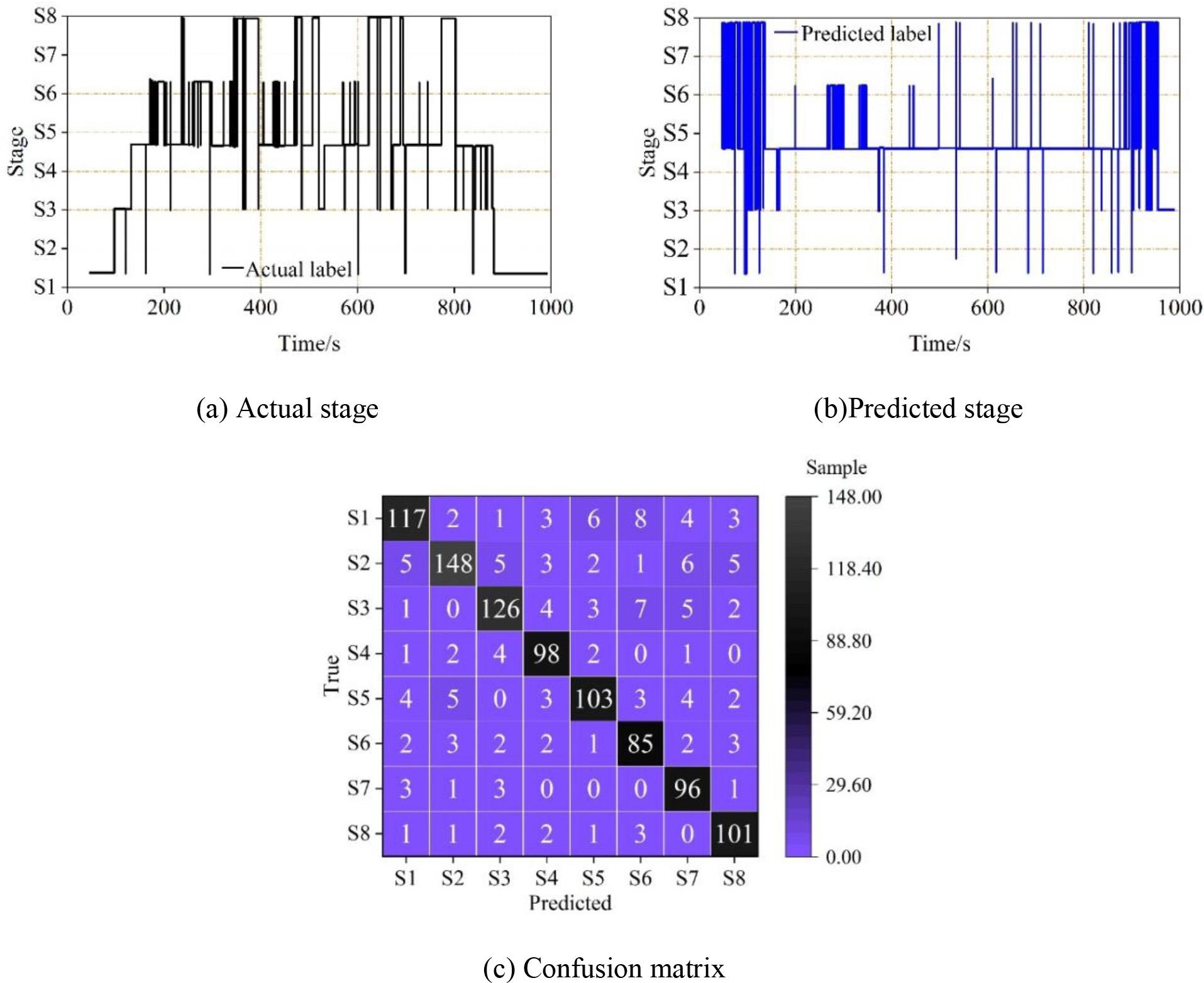
Figure 7.
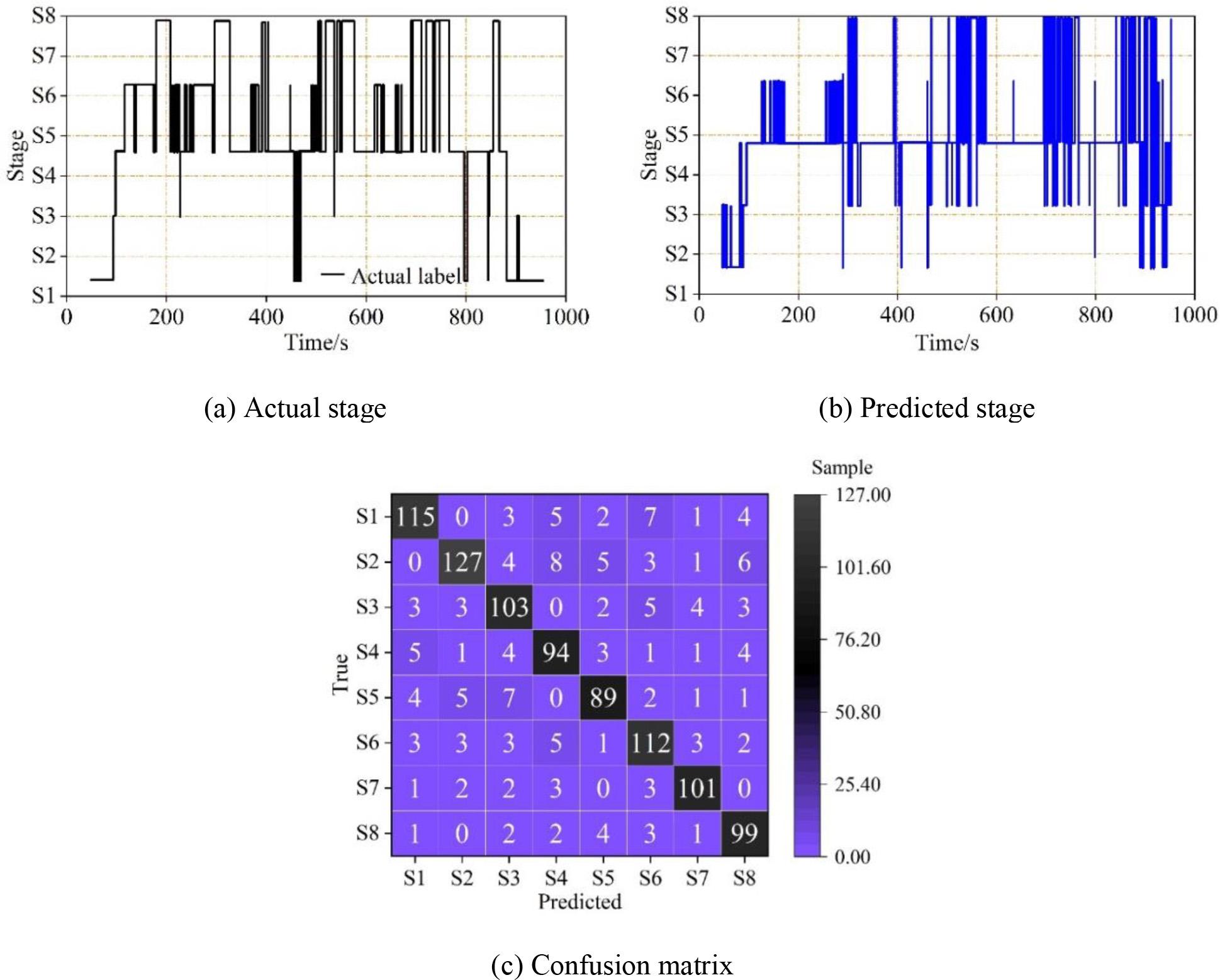
Figure 8.

The classification effect of data enhancement
| Before | After | ||
| Evaluation index | ACC | 0.73 | 0.91 |
| Kappa | 0.62 | 0.89 | |
| MF1 | 0.68 | 0.87 | |
| F1 values per class | S1 | 0.71 | 0.83 |
| S2 | 0.66 | 0.86 | |
| S3 | 0.64 | 0.89 | |
| S4 | 0.69 | 0.84 | |
| S5 | 0.67 | 0.85 | |
| S6 | 0.63 | 0.82 | |
| S7 | 0.61 | 0.83 | |
| S8 | 0.65 | 0.81 | |
| REM | 0.71 | 0.84 | |
Confusion matrix index
| Confusion Matrix | True value | ||
| Positive | Negative | ||
| Predictive value | Positive | TP | FP |
| Negative | FN | TN | |
Performance comparison of different models
| Model | ACC | R | Kappa | F1 |
| GoogleNet | 0.914 | 0.853 | 0.732 | 0.802 |
| PLS-DA | 0.923 | 0.864 | 0.748 | 0.831 |
| SVM | 0.936 | 0.831 | 0.751 | 0.879 |
| Random forest | 0.945 | 0.879 | 0.769 | 0.893 |
| BP | 0.962 | 0.842 | 0.798 | 0.905 |
| Depth learning | 0.910 | 0.857 | 0.803 | 0.914 |
| Integrated network | 0.994 | 0.931 | 0.874 | 0.957 |
